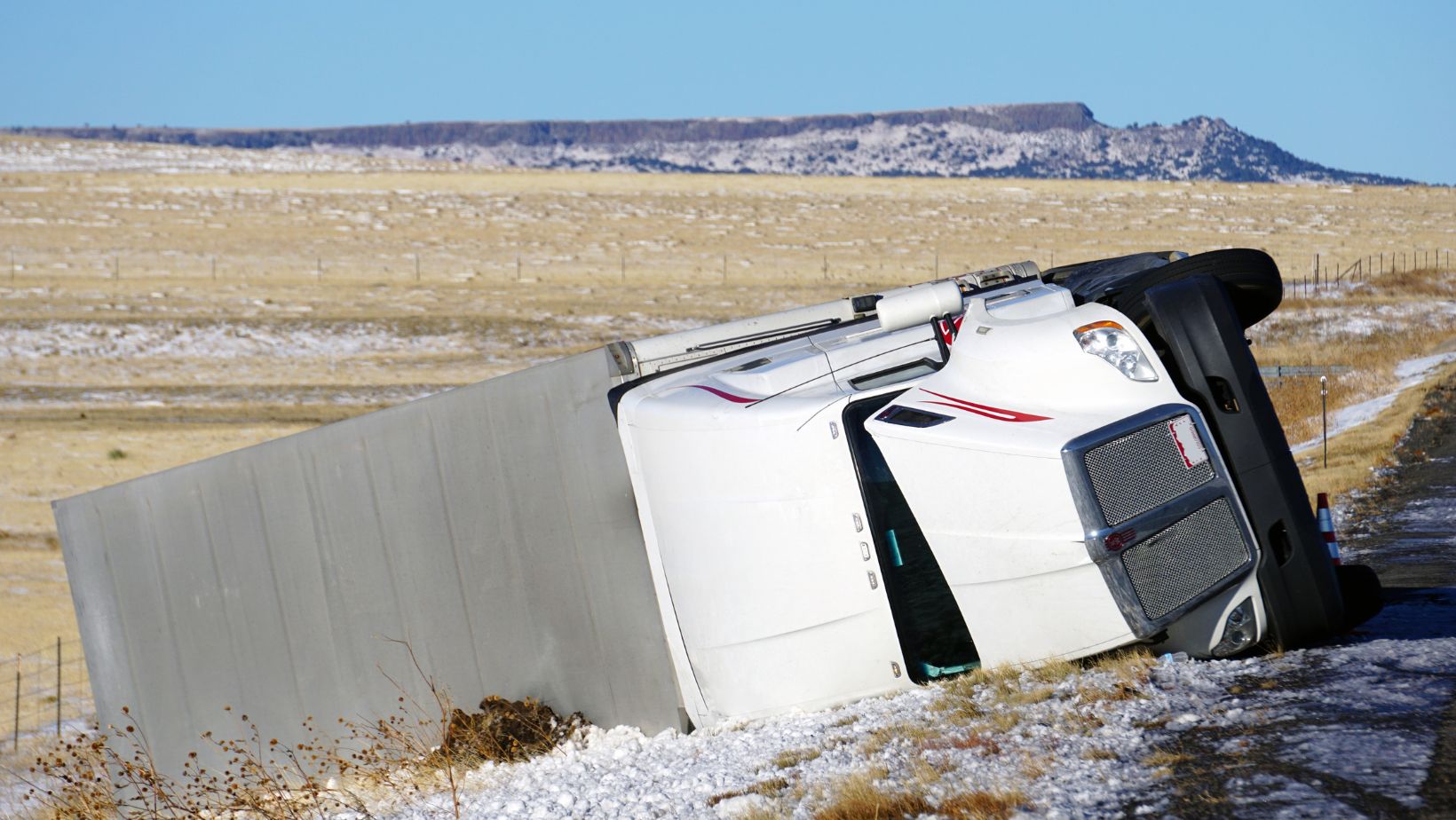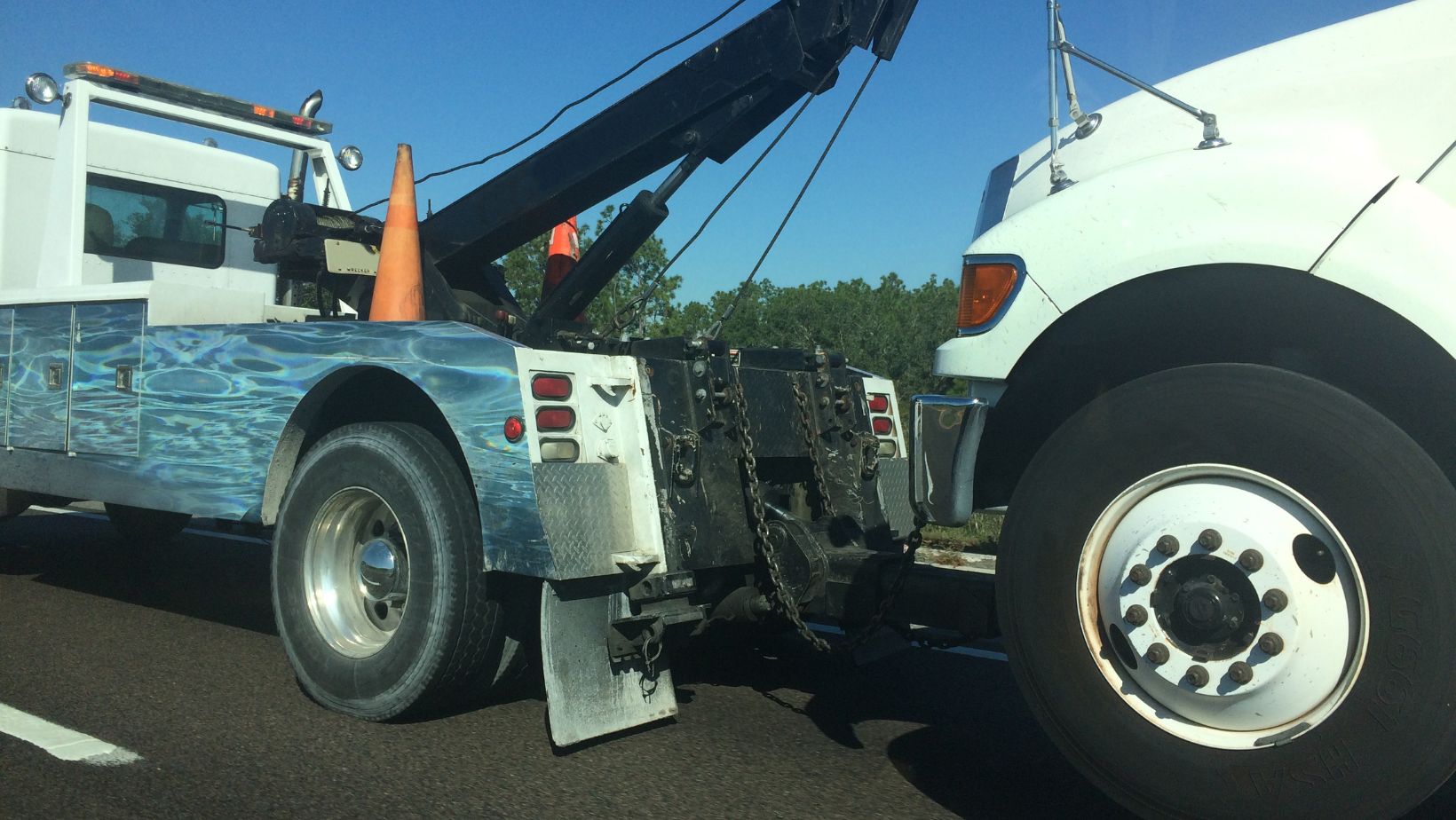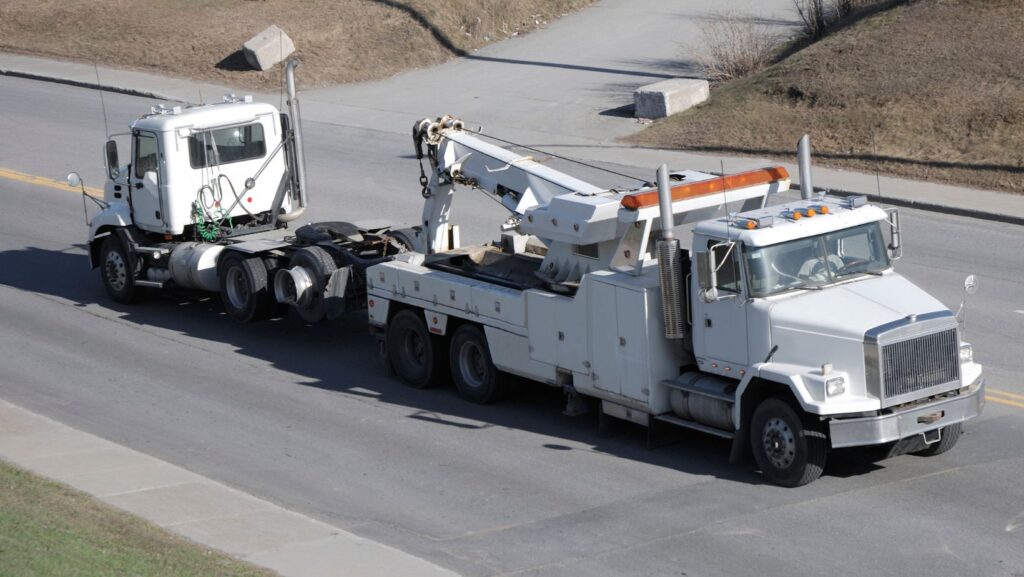When a semi-truck accident occurs on a busy highway or rural road, the aftermath is often chaotic and dangerous. These incidents are not just another fender-bender. They can block lanes, spill cargo, cause significant damage to surrounding vehicles, and sometimes lead to hazardous material leaks. In these moments, the role of heavy-duty towing becomes critical—not just to move wrecked vehicles but to restore order, ensure safety, and keep the supply chain flowing. Understanding what happens after a semi-truck accident and how heavy-duty towing professionals respond can give fleet managers, truck drivers, and even everyday motorists valuable insight into this complex process.
The Immediate Aftermath of a Semi-Truck Accident
Semi-truck accidents are serious events. With the average fully loaded big rig weighing up to 80,000 pounds, any collision, rollover, or jackknife situation can result in massive disruptions. The first moments after an accident are typically focused on ensuring the safety of everyone involved. Emergency services—police, firefighters, and paramedics—are usually the first to arrive, assessing injuries, securing the scene, and ensuring that no additional hazards threaten other motorists.
In these scenarios, the road may be partially or fully closed, depending on the severity of the crash and the position of the semi-truck. This is where the clock starts ticking. Every minute that a roadway remains blocked can lead to increasing traffic congestion, heightened risks of secondary accidents, and mounting financial losses for trucking companies and local economies. According to the Federal Motor Carrier Safety Administration (FMCSA), large truck crashes cost the U.S. economy over $20 billion annually, not including the indirect effects of supply chain interruptions.
Assessing the Scene: The Role of Heavy-Duty Towing Professionals
Once emergency services have secured the scene and tended to anyone injured, the focus shifts to clearing the wreckage. This is where heavy-duty towing companies come in. Unlike regular tow trucks, which handle passenger vehicles and light-duty trucks, heavy-duty tow operators bring specialized equipment capable of managing massive rigs, trailers, and even hazardous materials.
The first step is an assessment. Tow operators analyze the position of the truck, the condition of its cargo, and any environmental risks involved, such as fuel spills or unstable loads. For example, an overturned tanker carrying flammable materials requires a different approach than a box truck filled with produce. Tow operators must often coordinate with hazmat teams, law enforcement, and sometimes even environmental agencies to ensure that the recovery is handled safely and legally.

It’s also critical that operators determine the right equipment for the job. Rotators—large tow trucks equipped with hydraulic booms—can lift and rotate heavy vehicles without needing to move the tow truck itself. These are especially useful for rollovers or situations where the truck is in a precarious position, such as down an embankment or blocking multiple lanes.
Recovery Operations: More Than Just Towing
The actual recovery of a semi-truck is often a delicate operation. Heavy-duty towing is not just about hooking a chain to a truck and pulling it away. It requires precise calculations, experience, and the right equipment to avoid further damage to the truck, its cargo, or the surrounding infrastructure. In some cases, the truck must be carefully lifted upright before it can be towed away. In others, the load may need to be offloaded or stabilized to prevent additional hazards.
Heavy-duty tow operators often use air cushions, winches, and other advanced tools to reposition vehicles safely. These techniques ensure that even when a truck is flipped or jammed under a bridge, it can be recovered without causing additional accidents or damage.
In severe cases, recovery can take hours, even extending into the next day if the accident involves hazardous materials or particularly complex cargo. The coordination between tow operators, law enforcement, and environmental agencies ensures that everything is done by the book to protect public safety and prevent environmental damage.
Restoring Traffic and Minimizing Economic Impact
One of the most important reasons for quick and effective heavy-duty towing after a semi-truck accident is to minimize the economic fallout. Highways are the arteries of commerce, and every minute they remain closed, goods are delayed, deliveries are missed, and traffic congestion increases. According to the American Transportation Research Institute (ATRI), traffic congestion caused by accidents and other incidents costs the trucking industry over $74 billion annually in lost time and fuel.
Heavy-duty towing companies are crucial in reducing this economic strain. By working efficiently to clear the scene, they help reopen roads faster and keep supply chains moving. This is particularly important in high-traffic regions like Arizona, where major interstates such as I-10 and I-17 serve as critical corridors for freight transport. A semi-truck accident in these areas can back up traffic for miles, affecting everything from local commuters to long-haul truckers carrying time-sensitive cargo.
The Role of Technology in Modern Heavy-Duty Towing
The towing industry has embraced technology to improve response times and enhance recovery operations. GPS tracking, for example, allows towing companies to dispatch the nearest available heavy-duty truck to an accident scene. This ensures faster response times, which can make a significant difference in minimizing traffic delays and improving safety.

Moreover, modern rotators and tow trucks come equipped with advanced hydraulics and remote controls, allowing operators to perform precise maneuvers from a safe distance. Drones are also increasingly being used to survey accident scenes, providing operators with a bird’s-eye view to assess the situation and plan recovery strategies more effectively.
Heavy-duty towing companies also utilize digital platforms to communicate with law enforcement, insurance companies, and trucking firms, streamlining the post-accident process. This level of coordination ensures that all parties are informed and that the recovery is handled efficiently from start to finish.
Conclusion: Why Heavy-Duty Towing Is Essential After Truck Accidents
Semi-truck accidents are not just isolated events—they ripple across highways, businesses, and communities. The critical role of heavy-duty towing companies cannot be overstated. From ensuring safety at accident scenes to reopening vital transport routes, these professionals are an essential part of the recovery process. Their ability to respond quickly, assess complex situations, and handle the largest vehicles on the road ensures that highways stay clear, commerce continues, and the risks associated with large truck accidents are minimized. Whether you’re a fleet manager, truck driver, or simply someone who shares the road with these massive vehicles, knowing the importance of heavy-duty towing after an accident can offer peace of mind and a deeper appreciation for the unseen heroes who keep our roads moving.

